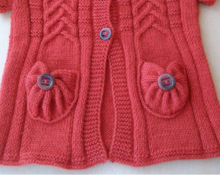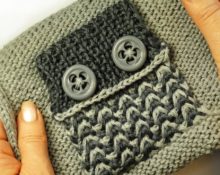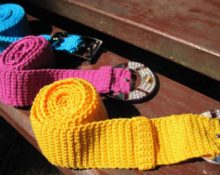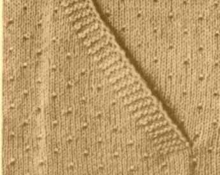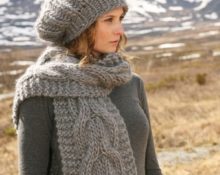Those who love special comfort can take note of the following pocket options. These are pockets that will be located in the side seams of a cardigan or sweater. They are almost invisible, but very comfortable.
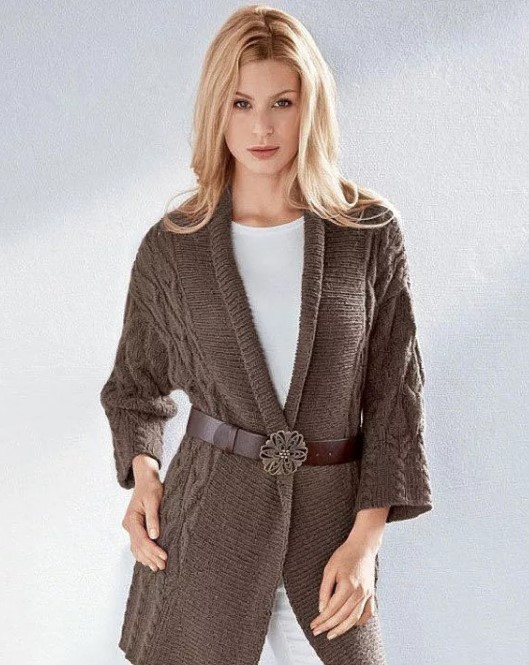
Additionally, you can install special fasteners on such products. Moreover, the fasteners can be hidden inside the element. The article contains two models of side pockets that are suitable for a sweater and a cardigan. As well as information regarding the choice of yarn and knitting needles.
Yarn and knitting needles
From the yarn you should choose fibers that are suitable for the main job. But you don't have to use one color. Some models will look good in similar shades, while others are lovely in a particular contrast.
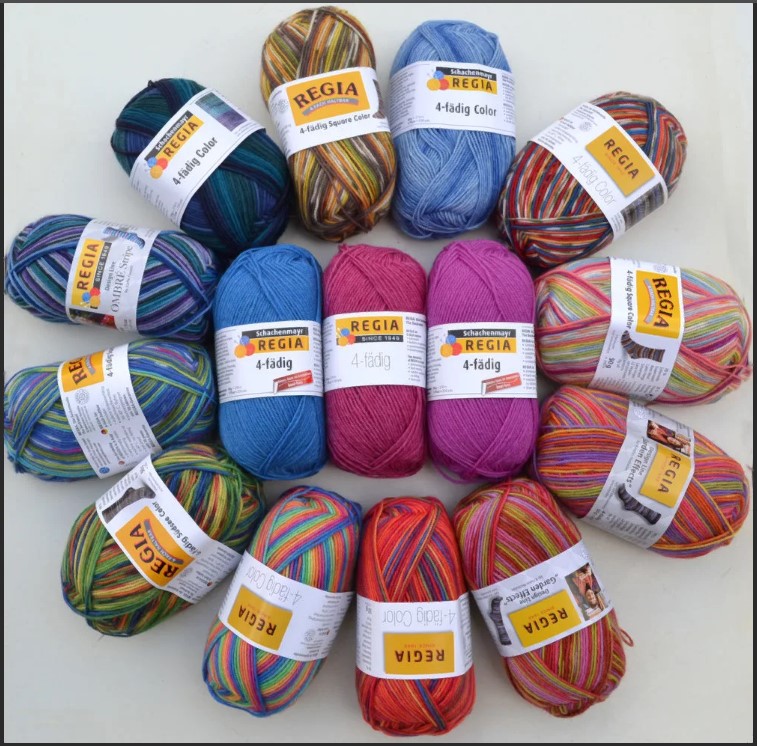
But always remember that children's products should be safe and very soft, and therefore only hypoallergenic compositions and soft fibers.
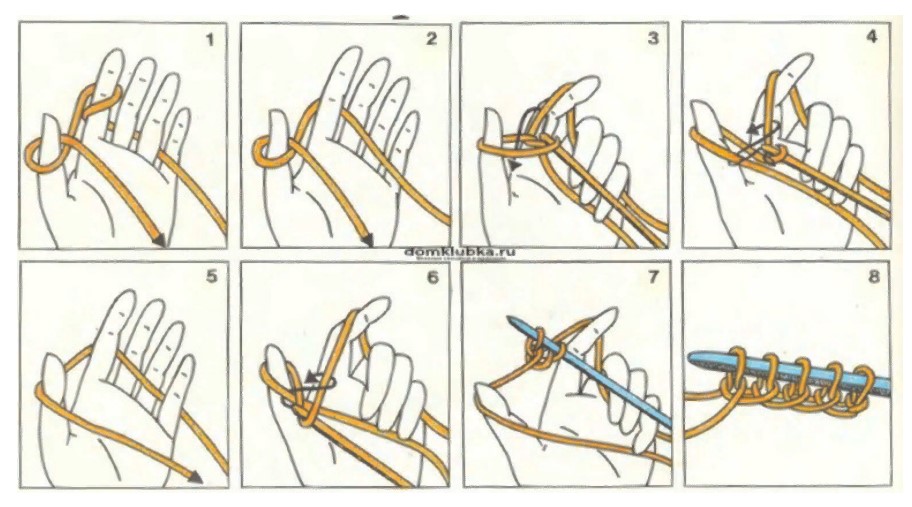
Set of loops for 2 knitting needles
Knitting needles are selected only according to the number that matches the thread. Most often you will need an additional knitting needle for the job.
How to knit pockets in the side seams of a cardigan (jacket) correctly with knitting needles?
Initially, you will need to take measurements and estimate how much length and width you will need for the job. Further, as with numerous works, all the necessary samples are made using the main patterns in the work.
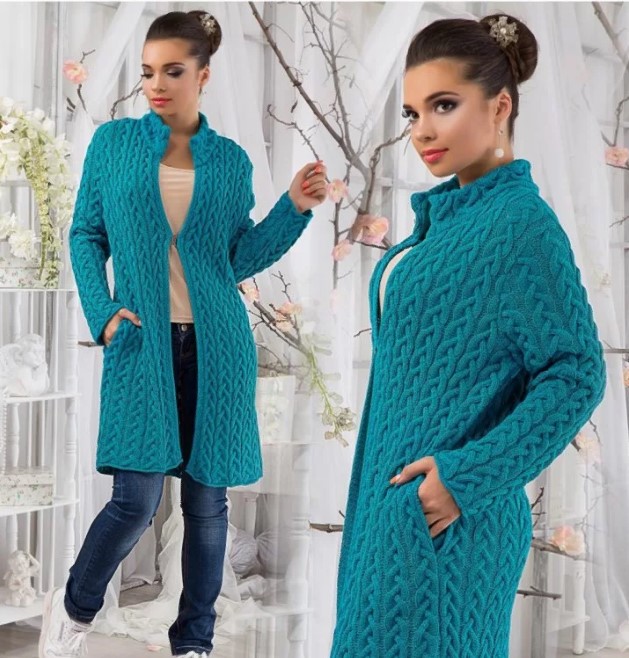
Calculations are made, and the master estimates how many loops and how many rows will be required for each side of the pocket. Moreover, it is very important to evaluate and parts inside, they will not always be in the shape of a rectangle or square.
Pocket in the side seam with elastic band
Very voluminous, soft and comfortable option. It will be almost invisible from the outside, since the details are made in a single pattern.
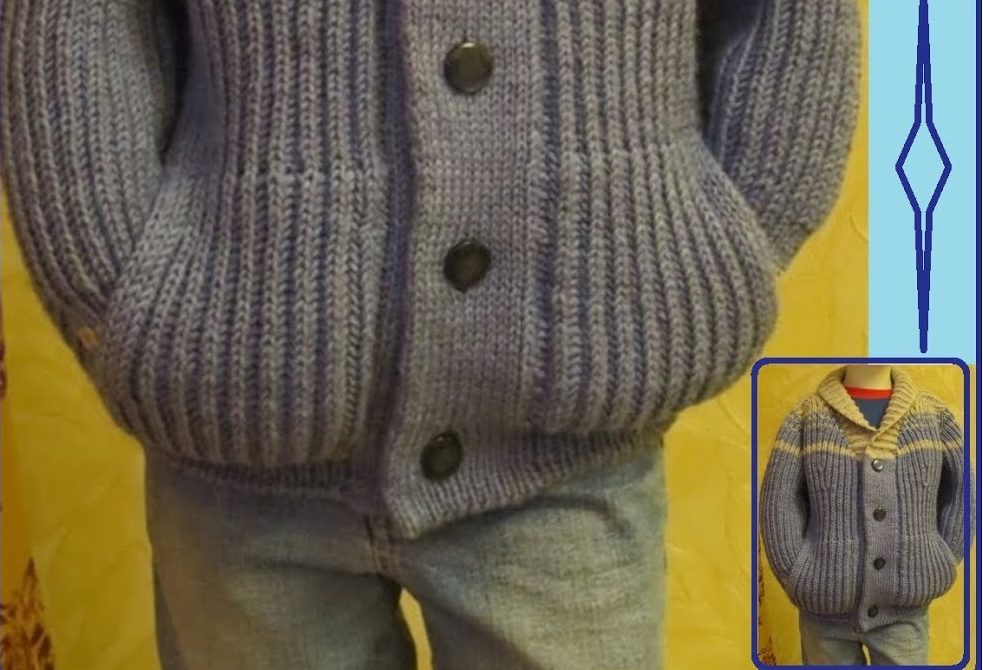
Use:
- yarn, as for a sweater;
- knitting needles are straight.
Measurements
Measure the length and width of the product; this is necessary next for the inner insert.
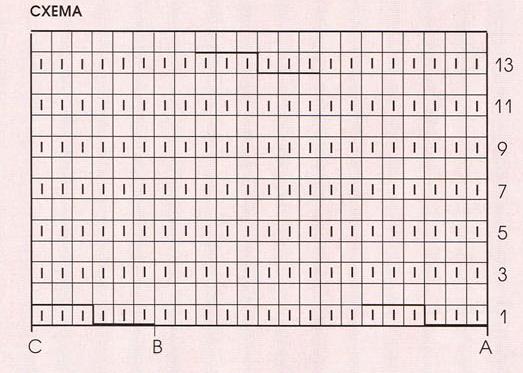
Facial surface
Sample
Knit using voluminous and beautiful English gum small square canvas. Calculate the knitting density for it, and then it will be easier to determine how many loops and rows are needed to work.
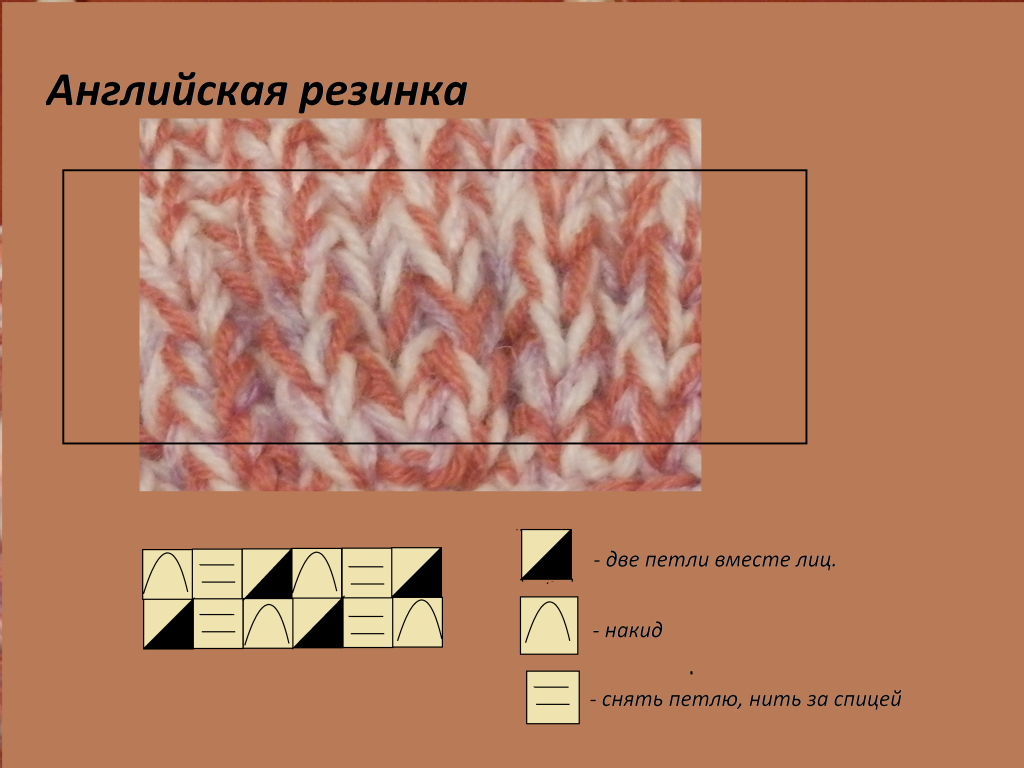
Front side
For the front side, you will not need to change anything when knitting, since the shelf will be in its entire condition without changes. But this one the model has an internal part and for her it will be necessary make a rectangular canvas.
Interior
It is better to make the inner part from some very smooth fabric so that the thing does not seem voluminous. And it will be several times more convenient to use. Knit a rectangular fabric and secure it when assembling with invisible stitches to the wrong side of the shelf.
Pocket in the side seam of the cardigan
This lovely pocket starts at the side seam of the cardigan and has a slope that is smoothed out by the elegant ribbed knitting.It looks neat and is very comfortable, since the tilt is made by a small side.
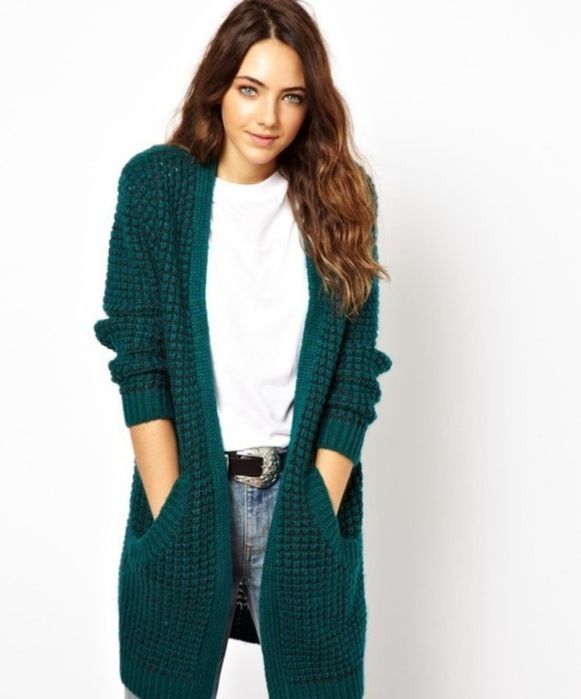
For work use:
- yarn, as for a cardigan;
- knitting needles according to the thickness of the thread.
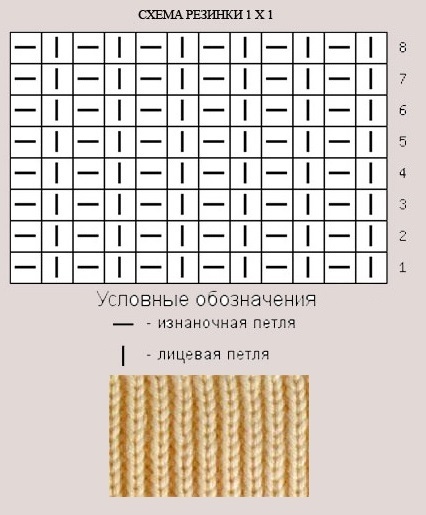
Measurements
Measure the approximate length and width for the future product. Keep in mind that there will be a slight bevel in the work.
Sample
Use main pattern of the fabricto knit a square under the sample and calculate the knitting density for it. Next, determine the dimensions in loops and rows for the product.
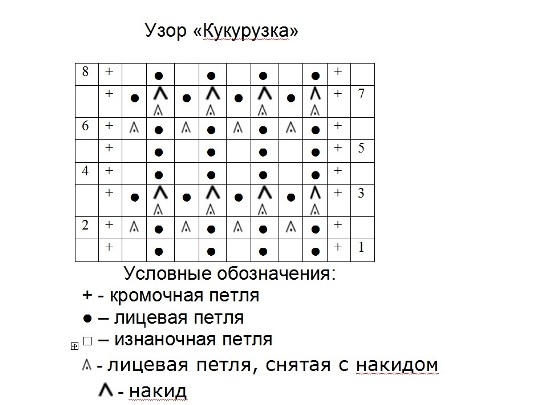
Top part
The pocket begins in the seam between the front front and back of the cardigan. Therefore, with special markers it is easy to initially mark the pocket, its beginning. Then make a small bevel in the shelf itself, and stop knitting when the element runs out.
Rear end
For the back part, separately knit a small fabric from the bottom and the required width. Here, on the contrary, you will need to make an addition. Stop knitting later and combine the stitches with the front front so as not to make an extra seam.
Assembly
To assemble, sew the bottom and sides of the pocket with invisible stitches to the front. Create an additional set along the edge line, and knit a couple of rows simple elastic knitting.
These are the original ideas for a pocket in the side seam of a sweater and cardigan.


 0
0